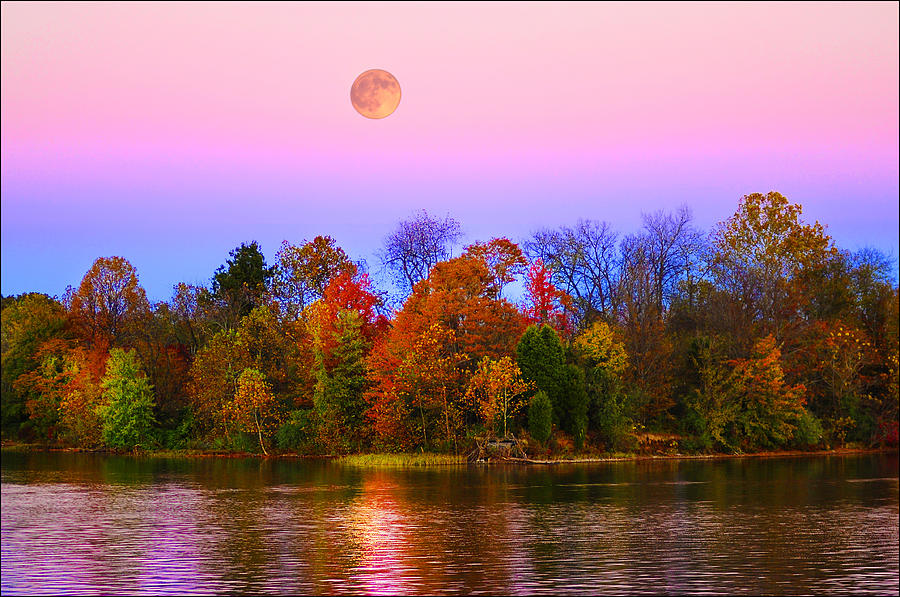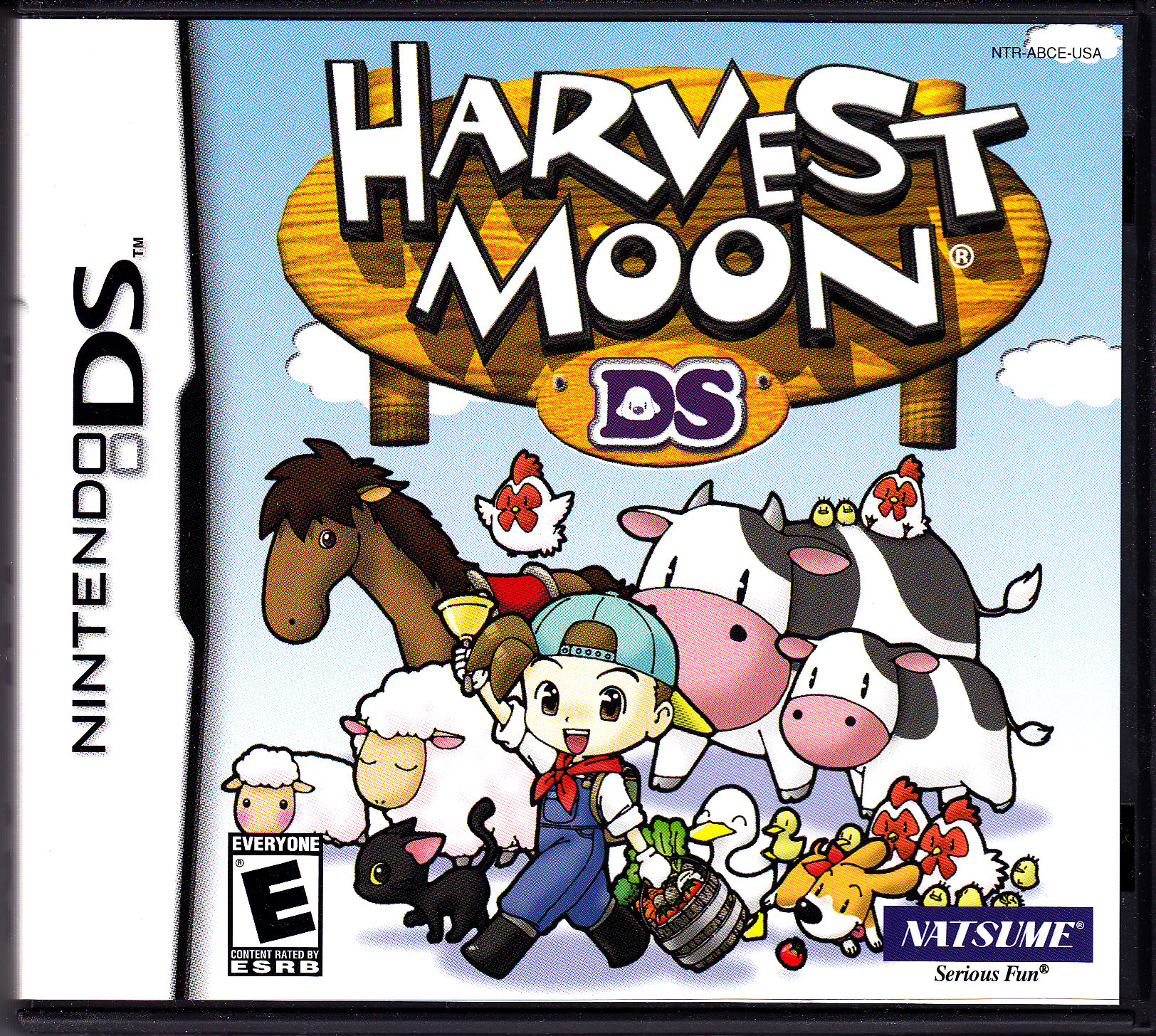
#Harvest moon full#
For several days bracketing the full Moon nearest the vernal equinox, the delay in moonrise is as much as 75 minutes (at 42 degrees north latitude). The full Moon is in the section of the zodiac that has the steepest angle with respect to the eastern horizon. By the time the Moon has reached the last quarter, however, the typical 50-minute delay has returned.Īt the start of spring, the opposite applies. The Moon may rise as little as 23 minutes later on several nights before and after the full Harvest Moon (at about 42 degrees north latitude), which means extra light at peak harvest time near autumn. Because the Moon’s orbit on successive nights is more nearly parallel to the horizon at that time, its relationship to the eastern horizon does not change appreciably, and the Earth does not have to turn as far to bring up the Moon.

The section of the zodiac band in which the full Moon travels around the start of autumn is the section that forms the most shallow angle with the eastern horizon.

The result of all this is that the Moon doesn’t rise at the same time every day.īut around the date of the Harvest Moon, the Moon does rise at about the same time for several days in a row. Why? Remember that the zodiac is the band of constellations through which the Moon travels from night to night. At any one moonrise, the Moon occupies a particular place on the celestial sphere (the great dome of the heavens), but when the Earth turns toward that point 24 hours later, the Moon has moved off to the east about 12 degrees, and it takes an average of 50 minutes longer for the Earth to rotate toward the Moon and for the Moon thus to “rise.” Think of it as a giant Slinky in which each loop, representing one lunar orbit of the Earth, advances the orbit a bit farther along the spiral path. The Moon’s orbital motion (combined with the larger orbit of the Earth around the Sun) carries it farther eastward among the constellations of the zodiac from night to night. If interested, here is more detailed information about the Harvest Moon. (Warning: Scientific explanation below!) It may almost seem as if there are full Moons multiple nights in a row! But for the few nights around the Harvest Moon, the Moon seems to rise at nearly the same time: just 25 to 30 minutes later across the northern USA, and only 10 to 20 minutes later farther north in Canada and Europe.Īdditionally, the Harvest Moon rises at sunset and then will rise very near sunset for several nights in a row because the difference is at a yearly minimum.Usually, throughout the year, the Moon rises an average of about 50 minutes later each day.There are just a little over 12 complete Moon cycles every year, on average (there being about 29.53 days in a synodic month). The Harvest Moon isn’t like the other Moons. This results in an abundance of bright moonlight early in the evening, which was a traditional aid to farmers and crews harvesting their summer-grown crops. Why Is it Called the Harvest Moon?įor several evenings, the moonrise comes soon after sunset. However, it occasionally lands in October instead, replacing the full Hunter’s Moon.

The Harvest Moon does typically occur in September, taking the place of the full Corn Moon.

The town has essentially been deserted, but you're never one to back down from a challenge! It will be up to you to help rebuild the town and save the lighthouse.When is the First Day of Fall? Autumnal Equinox 2023 Looking for a fresh start and some new surroundings, you set off on a voyage to begin your new life! Unfortunately, the weather has different plans, as your ship is hit by a monsoon, and goes down! You drift into a small harbor town, now in shambles from the storm, where a young doctor named Jeanne saves your life. In celebration of Harvest Moon's 20th Anniversary comes an all new Harvest Moon title for Steam! Harvest Moon: Light of Hope Special Edition! The game encompasses twenty years of the spirit that have made the franchise what it is today!


 0 kommentar(er)
0 kommentar(er)
